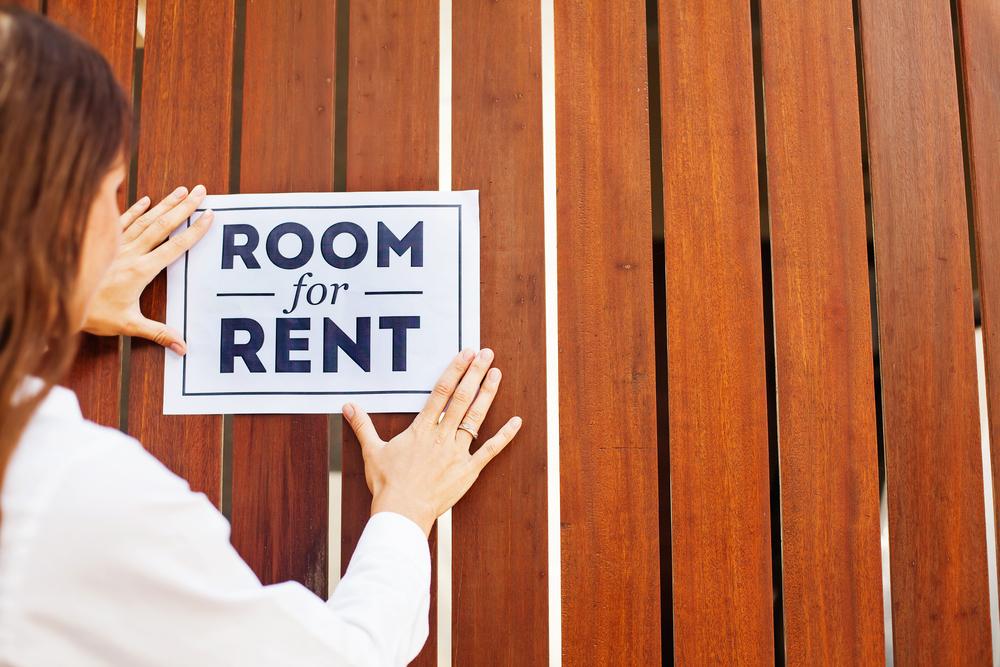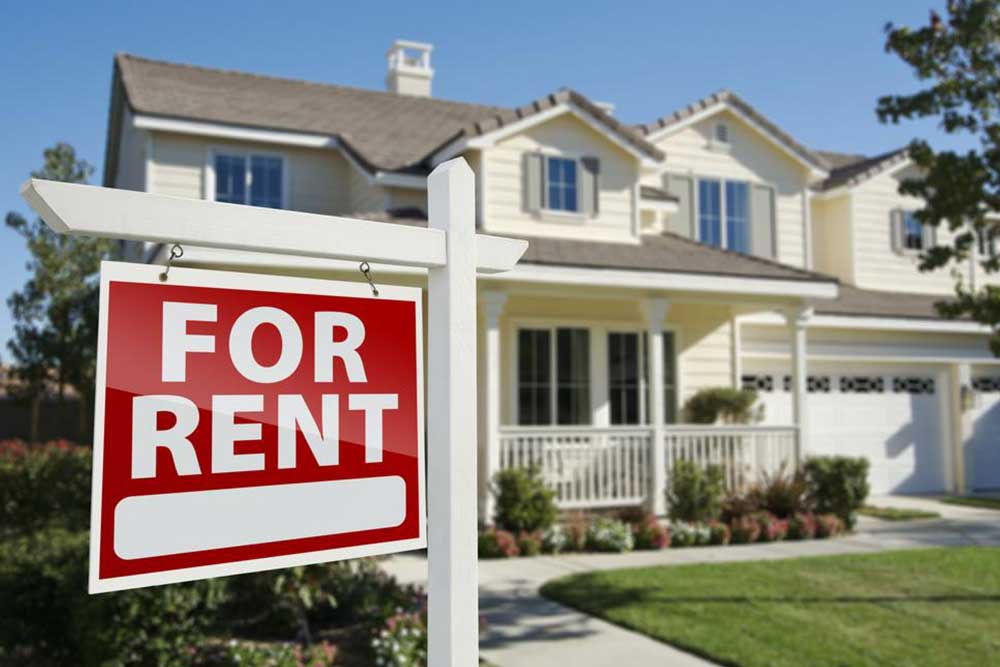Comprehensive Analysis of Factors Driving Rental Prices of Vacant Apartments
This comprehensive article explores the various factors that influence rental prices of vacant apartments. From location and size to amenities and market trends, understanding these key elements can help tenants and landlords make informed decisions. Learn about how neighborhood safety, property condition, seasonal shifts, and pet policies impact rental costs. With regional insights and practical tips, this guide offers valuable knowledge for navigating the dynamic rental market and negotiating fair prices effectively.

Comprehensive Analysis of Factors Driving Rental Prices of Vacant Apartments
Securing a rental apartment is a prevalent choice for many individuals seeking flexible living arrangements, especially as property prices continue their upward trajectory worldwide. The process of renting isn’t just about finding a vacant unit; it involves understanding a complex array of factors that influence how much landlords can charge. In an increasingly competitive housing market, knowing what affects rental prices can empower tenants to make smarter decisions, negotiate effectively, and determine whether asking prices are fair and reasonable.
1. The Significance of Neighborhood Location
The location of an apartment is arguably the most crucial determinant of rental value. Properties situated in prime, desirable neighborhoods tend to fetch higher rents compared to those in less attractive or underserved areas. Safety, cleanliness, community amenities, and proximity to essential services like schools, shopping centers, hospitals, transportation hubs, and employment hubs all influence rental costs. For example, apartments in bustling downtown cores or well-established urban districts typically command premium prices due to the convenience and lifestyle they offer. Conversely, less accessible or less developed neighborhoods often have lower rental rates to attract tenants.
Additionally, geographical location extends beyond just the neighborhood. The regional economic health and broader geographic features significantly impact rental pricing. Coastal cities like New York, Los Angeles, and San Francisco often see higher rental costs due to economic opportunities and lifestyle appeal. For instance, a 700 sq ft apartment on the East Coast might average around $2,500 per month, whereas similar units in Midwestern cities could be approximately $1,200. These regional differences are essential for understanding market trends and making informed rental decisions.
2. The Size of the Apartment and Its Layout
The physical dimensions of a vacant apartment are key influencers of its rental price. Larger units naturally command higher rents because they offer more space and comfort. For example, a 1,000 sq ft apartment typically has a higher rent than a 700 sq ft one. The number of bedrooms is equally significant; more bedrooms designates the property as suitable for larger families or groups sharing living arrangements, thereby increasing its rental value. Current averages show that two-bedroom apartments of about 1,000 sq ft tend to rent for around $1,800 monthly nationwide, while a one-bedroom, approximately 700 sq ft, averages about $1,500. It’s important to note that regional variations exist, with urban areas generally skewing higher in rent compared to suburban or rural locations.
3. The Age and State of Maintenance of the Property
The condition and age of the building heavily influence rental prices. Newly built or recently renovated apartments typically command higher rents as tenants prefer modern amenities, updated interiors, and fewer repair issues. Conversely, older properties that require extensive repairs or are in poor condition usually have lower rental prices since tenants might need to undertake repairs or compromise on comfort. Maintenance costs and building age also impact landlord decisions on rent, with newer, well-maintained buildings justifiably charging a premium. Additionally, properties in need of repairs may see reduced rental demand, causing prices to decline.
4. Dynamics of the Real Estate Market
The overall health of the real estate market plays a significant role in determining rental prices. During periods of high demand and limited supply, rents tend to escalate. Economic factors such as employment rates, interest rates, and regional economic growth directly influence this dynamic. When the market is oversaturated with vacant units or if there’s a downturn in the local economy, rental prices typically decrease to attract tenants. Monitoring supply and demand trends is essential for both landlords setting rental prices and tenants evaluating affordability. Short-term fluctuations are common and often linked to broader economic cycles or seasonal patterns.
5. Seasonal Variations Affecting Rent
Rental prices are often subject to seasonal fluctuations, driven by tenant moving patterns and school calendars. Peak moving seasons usually occur during spring and summer, especially between May and August, when families and students prefer to relocate. During these periods, increased demand often results in higher rental prices. Conversely, winter months tend to see a slowdown in moving activity, which can lead to reduced rental rates. Awareness of these seasonal dynamics can benefit tenants negotiating lease terms and landlords planning rental yields. The post-holiday and pre-school return periods typically experience moderate activity and stable rental prices.
6. The Impact of Amenities and Extra Features
The availability of amenities significantly affects the rental value of vacant apartments. Modern features like in-unit dishwashers, washers, dryers, air conditioning, and heating systems enhance appeal and justify higher rents. Additionally, community amenities such as swimming pools, fitness centers, secure parking, rooftop terraces, and clubhouses increasingly influence tenant preferences. Apartments offering these luxury features often command premium prices due to the convenience and lifestyle upgrade they provide. For tenants, amenities are a critical component of the overall housing experience and can be decisive during rental negotiations. For landlords, investing in amenities can increase occupancy rates and improve rental yields.
7. Pet Policies and Associated Fees
Pet-friendly properties tend to have higher rental prices or additional fees to cover the costs of accommodating animals. Landlords often impose pet deposits—ranging from about $100 to $300—and monthly pet rents, typically between $10 and $50. These charges help offset potential damages or extra cleaning costs associated with pets. Restrictions on pet ownership in buildings can influence rental prices; properties that explicitly welcome pets generally have a competitive advantage in markets with a high pet-owning demographic. Consequently, pet policies directly impact rental pricing strategies and tenant decision-making.




